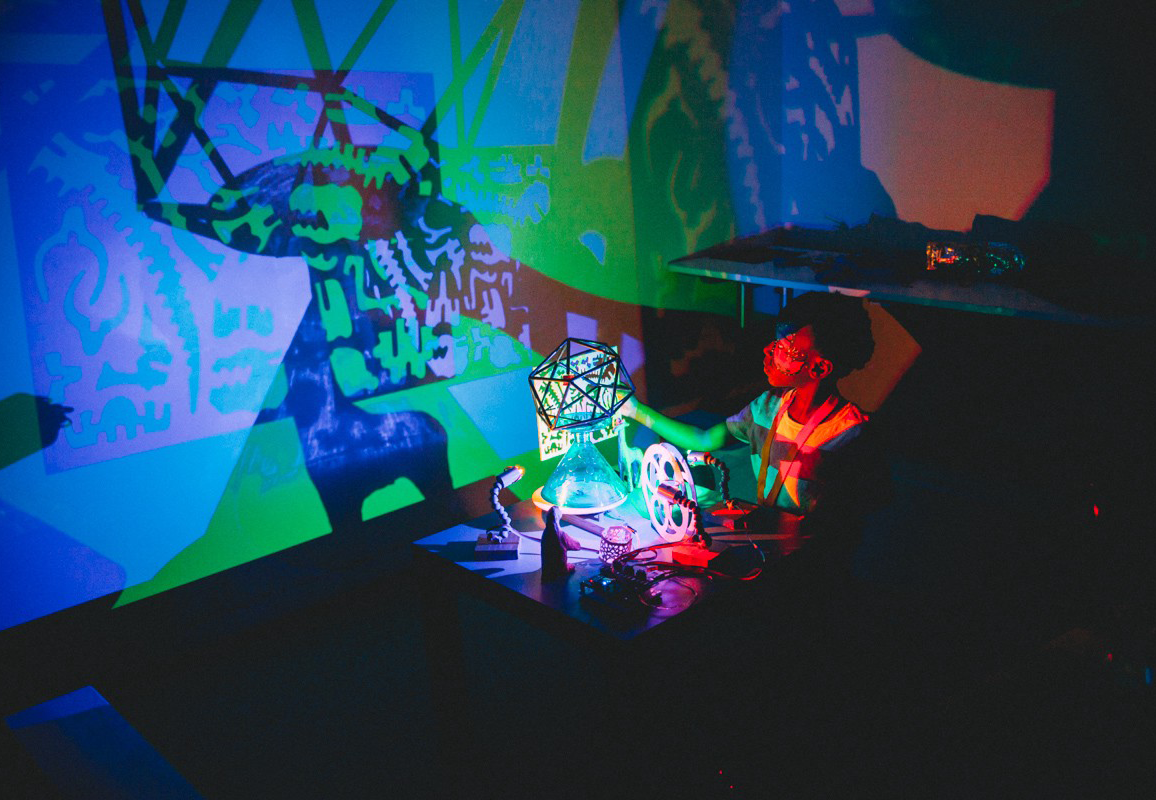

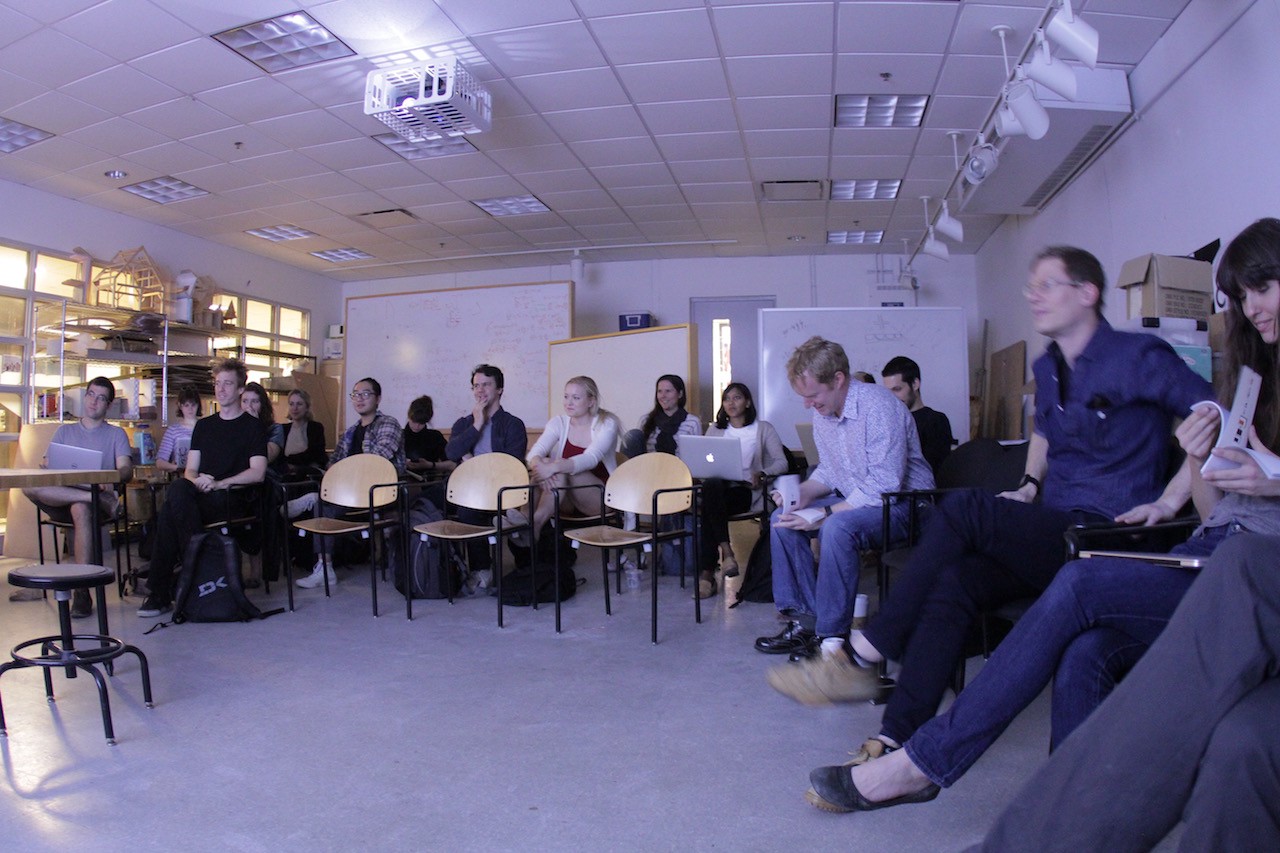
This fall marked our second semester teaching a course in information design at MIT. The class breaks away from both traditional design and computer science courses by teaching design and code together as tools that support one another, as opposed to separating them into two disciplines. As a result, we get a mix of architecture, physics, engineering, you-name-it students in the class — all with various levels of code and design experience. This mirrors the fluid environment in which we work, which allows us to merge design, development, and narrative in each project. By teaching code, design, and storytelling all integrated together, we’re showing our students not only how to take their own ideas and technically build them, but create pieces that will more actively engage others, because they’ve been thinking about the work’s final context and audience all along.
The MIT course is our main teaching endeavor, but it’s important to recognize that that reaches a particular subset of potential students. So we also like to spend time with groups like Girls Who Code, who focus on bringing in voices we still hear far too little from in “tech.” And we’re excited to have the opportunity to share our take on technology with the girls. During visits to the studio, we talk about how there is more than one way to be “in tech,” from writing, research, analysis, design, and of course, code.
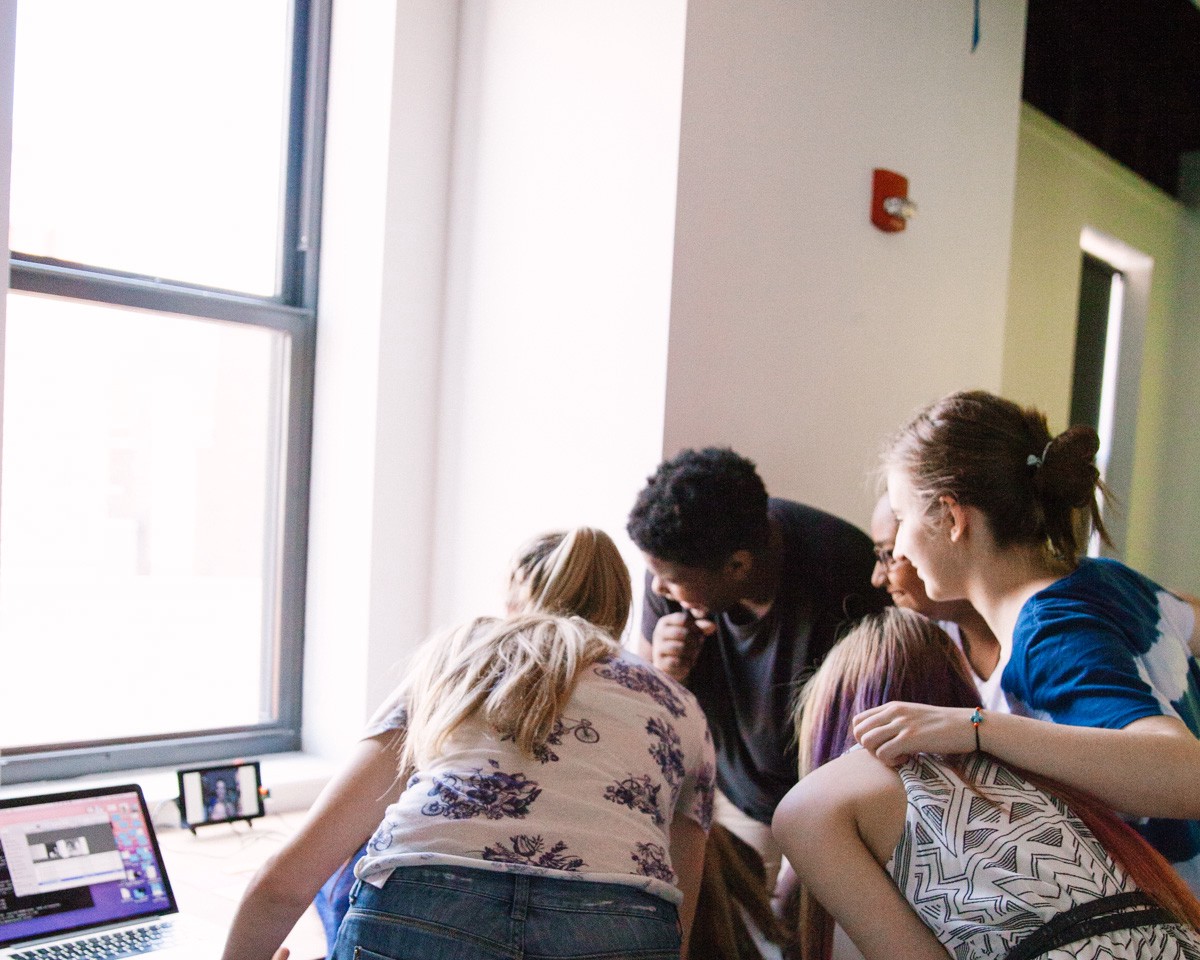
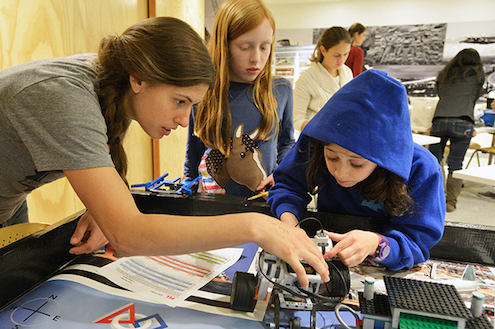
Even outside of the office, many of us volunteer our time working in various areas of design and computer science education. Leslie has been the coach of a Lego robotics team for girls for the past three years. Originally an activity she started while she was at Lincoln Lab, she continues to work with the girls to teach them the foundations of programming and mechanical design. She’s also been part of numerous hardware workshops, showing kids ways they can blend code and industrial design — all while getting to physically build something awesome with their own hands.
This past summer, Olivia volunteered at MIT’s Scratch Day, helping kids use Scratch (though they didn’t need much help!) to control a series of lights and surfaces and experiment with color, light, and shapes. She also assisted with a Girls Who Build workshop in image processing, in which girls created their own Instagram-esque photo filters in code.
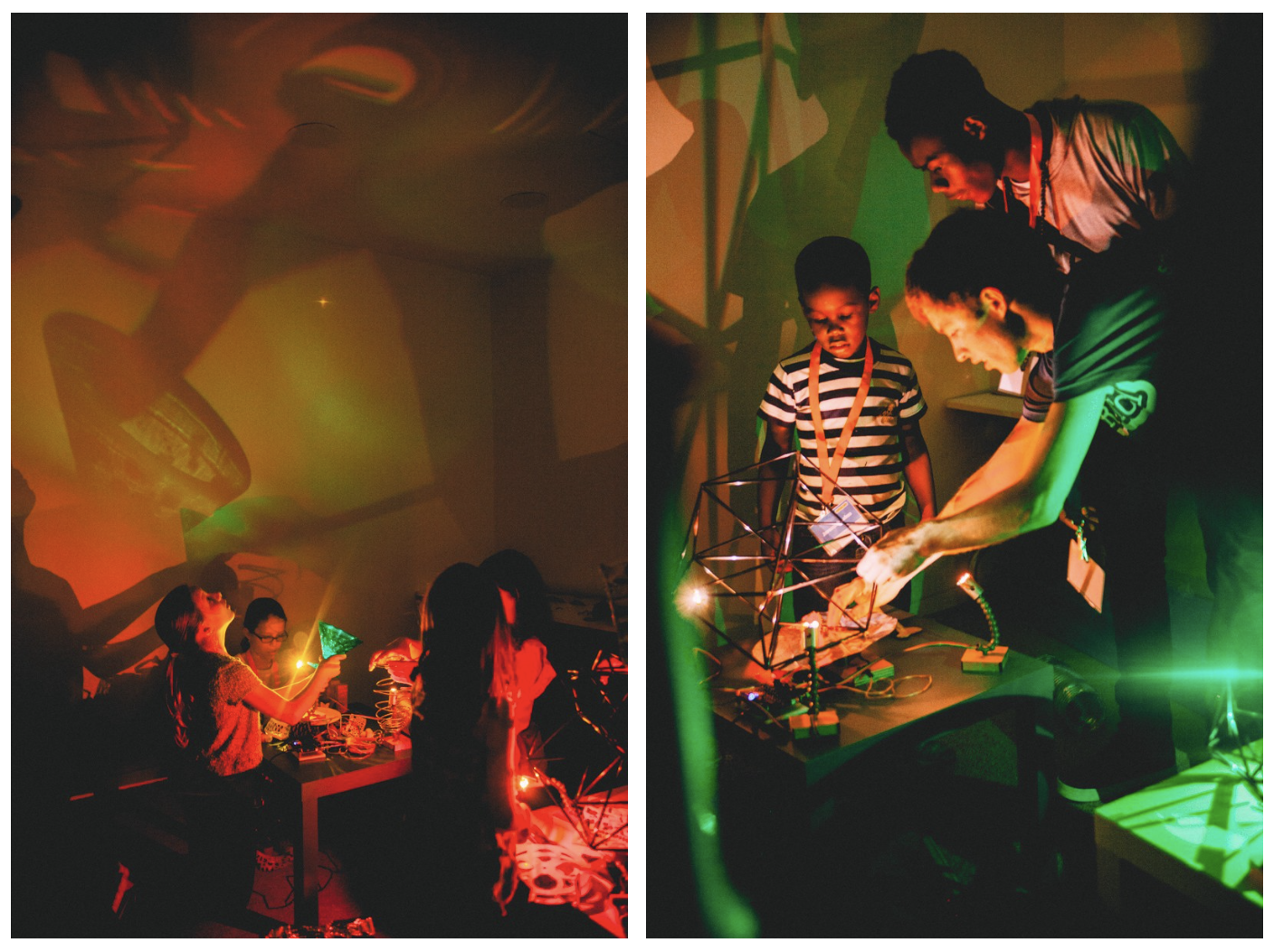
In these workshops and clubs, we’ve seen kids learn not just about how to code, but how to problem solve, build, invent, iterate on their ideas, and ask themselves questions. These fundamental concepts are applicable across all fields, so even students who don’t ultimately pursue careers in programming or design can benefit from this kind of hands-on learning.
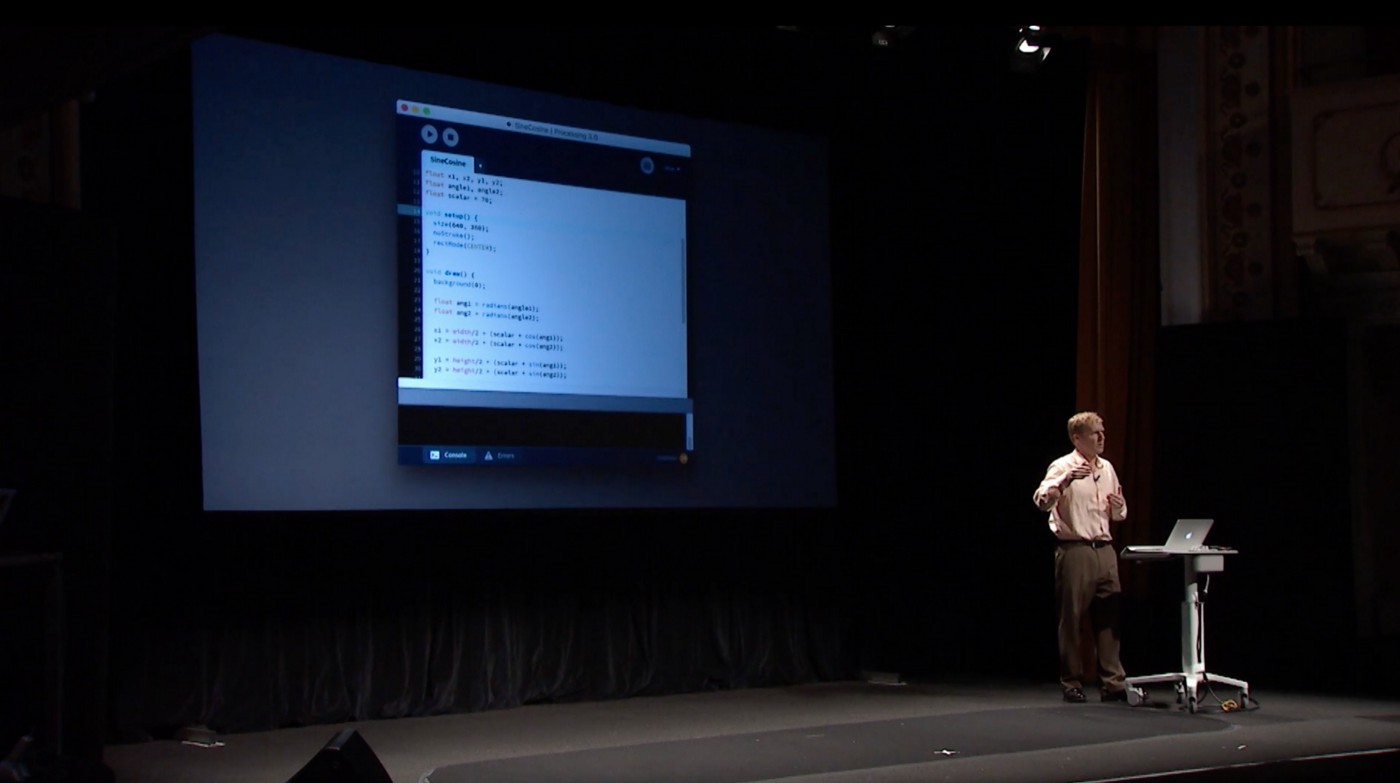
And all of this ties back to our roots with Ben being the co-creator of Processing — a programming language, development environment, and community designed to help bridge the gap between artists and engineers — which he continues to develop both in and outside of the office. Since its start, Processing has been used as a tool for teaching code in a classroom setting, and we continue to use it ourselves around the office and in the course at MIT.
At the end of the day, we’re not quite a conventional tech company, but we’re not really a typical design firm either. We are a group of dedicated individuals using code and design as tools to make work the best way we know how. By being able to share what we’ve learned about design and code, we hope to enable others — whether that’s in information design, painting, farming, or building — to further their ideas and produce work they find meaningful.
We’d love to hear what you’re working on, what you’re curious about, and what messy data problems we can help you solve. Drop us a line at hello@fathom.info, or you can subscribe to our newsletter for updates.